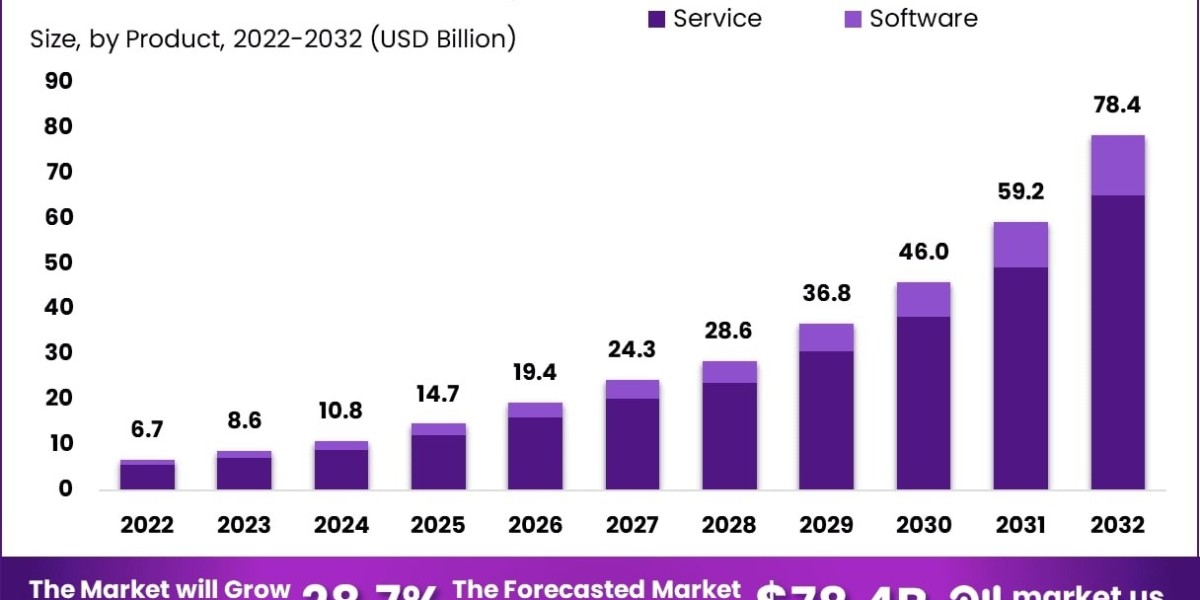Introduction: Understanding Incoterms in Global Trade
In today’s interconnected world, international trade is more dynamic than ever. Whether you're importing electronics from China or exporting textiles to Europe, clear communication in shipping agreements is crucial. That’s where Incoterms—short for International Commercial Terms—come into play.
Among them, CIF shipping stands out as one of the most commonly used Incoterms, especially in sea and ocean freight. But how does it compare with other Incoterms like FOB, EXW, or DDP? Which is the right fit for your business?
This article dives deep into CIF shipping—explaining what it is, how it works, and how it stacks up against other popular Incoterms. We’ll help you make an informed decision tailored to your international shipping needs.
What is CIF Shipping?
CIF stands for Cost, Insurance, and Freight. Under a CIF agreement, the seller is responsible for the cost of transporting goods to the port of destination, including insurance during transit. However, risk transfers to the buyer once the goods are loaded onto the shipping vessel.
In short:
Seller pays: shipping and insurance costs
Buyer assumes risk: once goods are onboard
This arrangement is often used in bulk commodity trading and container shipments where sellers want to simplify logistics for buyers.
Key Components of CIF Shipping
Cost: The seller covers the cost of transporting goods to the destination port.
Insurance: The seller must provide minimum insurance coverage (usually Clause C under Institute Cargo Clauses).
Freight: The seller handles the freight cost to the buyer’s port of delivery.
Despite these responsibilities, the buyer holds the risk once goods are loaded onto the vessel. It’s a key point that often causes confusion in CIF transactions.
Benefits of CIF Shipping
1. Simplified Process for Buyers
With CIF, the buyer doesn’t need to arrange freight or insurance. This is especially helpful for small businesses that may lack logistics experience.
2. Predictable Costs
Buyers can get a clear estimate of the full landed cost since shipping and insurance are bundled into the price.
3. Widely Accepted
CIF shipping is one of the most globally recognized Incoterms, making it a common choice in international contracts.
Drawbacks of CIF Shipping
1. Risk Transfer Timing
Although the seller handles transportation and insurance, risk transfers to the buyer once the goods are on board—not when they arrive. This can catch buyers off-guard if damage occurs during transit.
2. Limited Insurance
CIF requires only minimal insurance. If buyers need broader coverage (e.g., against theft or severe weather), they may need to purchase additional policies.
3. Less Control
Buyers have little say over which shipping or insurance companies are used. This may lead to inefficiencies or higher costs compared to managing it themselves.
CIF Shipping vs FOB (Free on Board)
FOB (Free on Board) is another widely used Incoterm. Here’s how it compares:
| Feature | CIF Shipping | FOB |
|---|---|---|
| Freight cost | Paid by seller | Paid by buyer |
| Insurance | Paid by seller (minimum) | Buyer’s responsibility |
| Risk Transfer | When goods are on board | When goods are on board |
| Control over shipping | Seller | Buyer |
Verdict:
Use FOB if you want more control over shipping and insurance. Opt for CIF shipping if you prefer the seller to manage logistics, especially for ocean freight.
CIF Shipping vs EXW (Ex Works)
With EXW, the buyer handles everything—pickup, freight, customs, and insurance.
| Feature | CIF Shipping | EXW |
|---|---|---|
| Freight & Insurance | Paid by seller | Paid by buyer |
| Risk Transfer | When goods are on board | At seller’s premises |
| Responsibility | Shared | Mostly buyer |
Verdict:
EXW is ideal for experienced importers with established logistics networks. CIF shipping suits businesses looking for a more hands-off shipping process.
CIF Shipping vs DDP (Delivered Duty Paid)
DDP puts maximum responsibility on the seller—including customs duties and final delivery to the buyer’s location.
| Feature | CIF Shipping | DDP |
|---|---|---|
| Freight | Paid by seller | Paid by seller |
| Duties & Taxes | Buyer | Seller |
| Risk Transfer | When goods are on board | Upon delivery to buyer |
Verdict:
DDP is best for buyers who want a completely hassle-free experience. CIF shipping offers a middle-ground—less responsibility than EXW, but more than DDP.
When to Use CIF Shipping
CIF shipping is ideal in the following scenarios:
You’re importing bulk goods or raw materials by sea
You’re a small business without logistics infrastructure
You want a predictable cost structure
You trust the seller’s logistics partners
You don’t need comprehensive insurance
It may not be the best choice if:
You want full control over the shipping process
You need stronger insurance coverage
You’re importing by air or land (CIF is sea freight-only)
Real-World Example of CIF Shipping in Action
Let’s say a clothing retailer in the UK orders garments from a manufacturer in India under CIF terms. The Indian seller:
Books space on a vessel
Pays for shipping and insurance
Handles export documentation
The UK buyer:
Assumes risk once the container is loaded
Manages customs clearance and local delivery
Benefits from a simpler shipping process and known costs
However, if the goods are damaged at sea and the insurance doesn’t cover full value, the buyer bears the loss—highlighting why understanding CIF’s risk is crucial.
Tips to Maximize Value with CIF Shipping
Verify the insurance policy: Ask for policy details to understand coverage limits.
Clarify responsibilities in the contract: Clearly define who does what.
Track the shipment: Get updates from the seller’s freight forwarder.
Consider upgrading insurance: Especially for high-value or fragile goods.
Use a trusted seller: The entire process depends on their shipping decisions.
CIF in 2025: What’s Changing?
Global trade dynamics are evolving in 2025, with growing digitalization, climate awareness, and geopolitical shifts. Here’s how CIF shipping fits in:
Eco-conscious shipping: Some sellers now choose eco-friendly carriers—ask your supplier.
Digitally tracked freight: CIF sellers often use digital tools to share real-time tracking.
Smart contracts: Automation is helping to reduce disputes in CIF agreements.
Choosing CIF in 2025 can still be effective—but always ask your seller for transparency and flexibility in logistics.
Conclusion: Is CIF Shipping Right for You?
Choosing between CIF shipping and other Incoterms depends on your trade experience, budget, and control preferences.
Use CIF shipping if you want a simplified, seller-managed logistics solution—especially for sea freight.
Avoid it if you need full control over shipping or better risk protection.
Compare CIF carefully with other options like FOB, EXW, and DDP. Understanding each term helps you avoid surprises, cut costs, and build smoother international trade relationships.
If you're looking for more insights on international trade logistics, visit Malicy.com and explore our expert articles on shipping, supply chain strategies, and Incoterm breakdowns.






